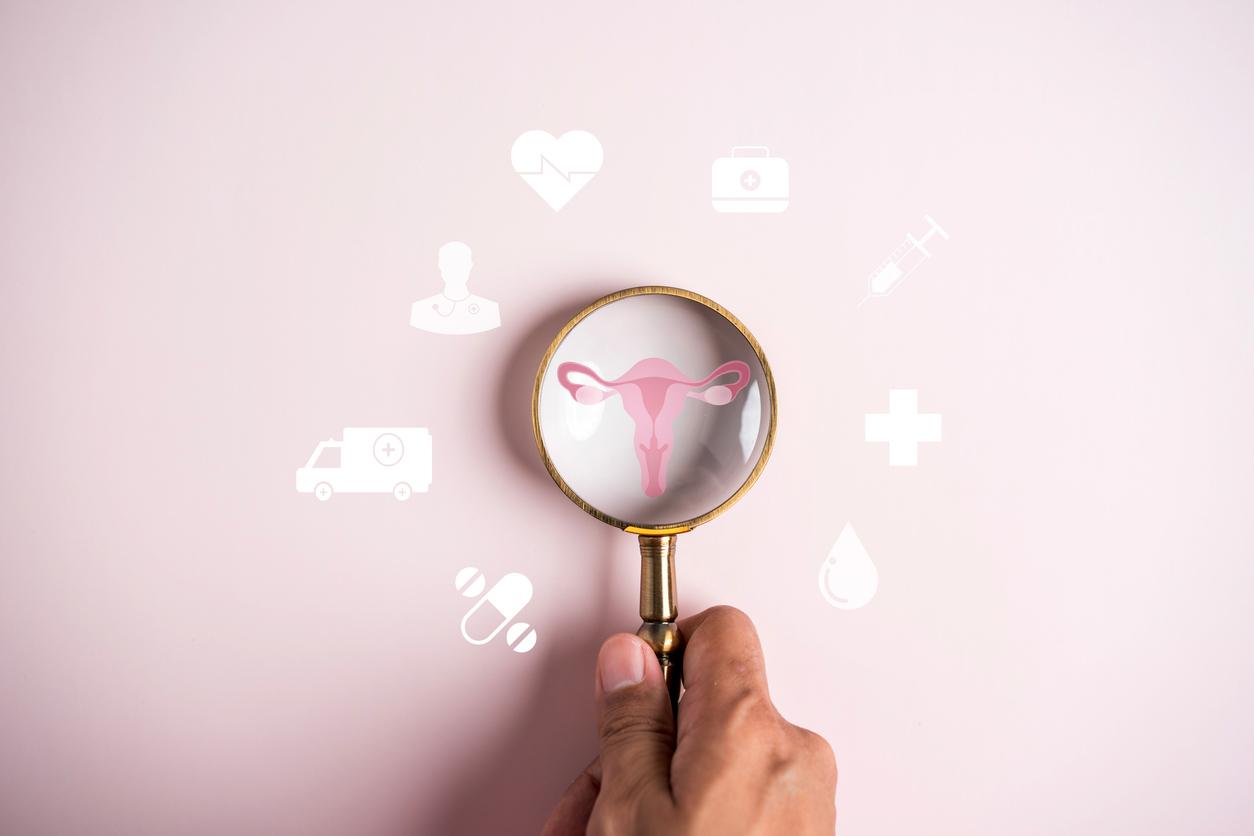As part of its mission of epidemiological surveillance of occupational risks, the Institute for Health Surveillance (InVS), in collaboration with the Medical Labor Inspectorate, has set up a surveillance program for occupational diseases (MCP). By analyzing the data from this program for the period 2007 to 2012, the researchers found that psychological suffering caused or aggravated by work is the second most frequently reported pathology among employees, after disorders of the musculoskeletal system (sciatica Where low back pain for example).
The prevalence rate of mental suffering increased over the period 2007-2012, both in women and in men, but this rate remains twice as high in women (3.11%) as in men (1. 4%).
This prevalence rate increases with age up to the 45-54 age group, then stagnates.
Psychic suffering: what is it?
We’ve all heard of the burn out and job-related stress. But, in addition to these disorders falling within the sphere of mental health but which are not considered as illnesses, the surveillance program for illnesses of a professional nature extends the cases of psychological suffering in connection with work to other illnesses, ranging from sleep disorders to severe depression through anxiety disorders, addictive behaviors or eating disorders.
“Concerning the distribution of the various disorders, the mild depressive episode was, for both men and women, the entity most often reported by occupational physicians until 2010, with more than a third of situations. Since 2011, mixed anxiety and depressive disorders are the most reported for both sexes, also representing more than a third of the declared conditions” can we read in the Weekly epidemiological bulletin of this June 23.
Addictive behaviors and sleep disorders are more often reported in men, while women suffer more from mild depressive episodes and from mixed anxiety and depressive disorders. “In parallel, the burnout shares of post-traumatic stress states also increased over the period 2007-2012”.
Occupational physicians more aware
“Several hypotheses can be put forward to explain these variations” underline the researchers in their study published in the BEH. “On the one hand, greater media coverage of work-related pathologies during this period would lead to greater awareness among employees and freedom of speech among occupational physicians. At the same time, occupational physicians, themselves are also increasingly aware of this problem. On the other hand, this increase can be compared with the deterioration of working conditions observed in recent years, in particular those related to the organization of work and relations between colleagues. and with the hierarchy”.
Read also :
Burn-out: soon to be recognized as an occupational disease?
Stress at work: 6 out of 10 executives suffer from it


















